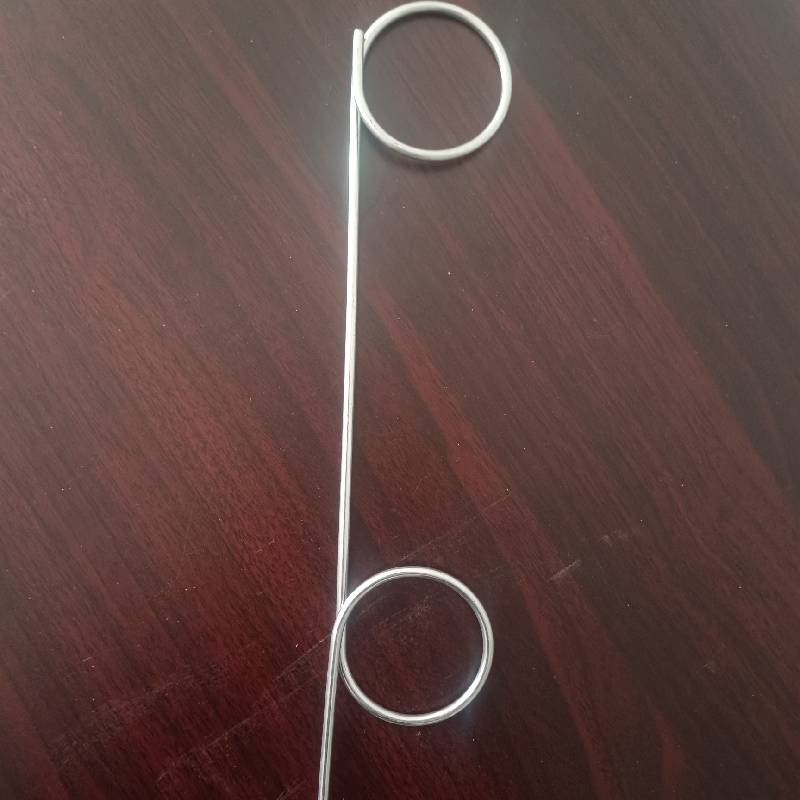
- Mobile Phone
- +8613931874955
- sales@cntcmetal.com
long brick ties
Long Brick Ties An Essential Element in Modern Construction
In the realm of modern construction, the significance of structural integrity cannot be overstated. One of the essential components that contribute to this integrity is the long brick ties. These metallic or synthetic connectors play a pivotal role in ensuring that brick structures maintain their strength and stability over time. Understanding their function and benefits is crucial for anyone involved in the field of architecture or construction.
Long brick ties are typically used in the building of cavity walls, which consist of two separate brick walls with a gap, or cavity, in between. This design enhances thermal insulation, reduces moisture penetration, and improves the overall longevity of the structure. The long ties serve as a bridge between the two walls, anchoring them securely to prevent shifting and potential collapse. By connecting the inner and outer walls, they distribute loads evenly and help resist the lateral forces that may arise from wind or seismic activity.
The choice of material for brick ties is crucial. Traditionally, steel has been the go-to option due to its high strength and durability; however, advancements in technology have introduced alternatives like stainless steel, galvanized steel, and even plastic. Each material has its own set of benefits. For example, stainless steel ties are highly resistant to corrosion, making them ideal for coastal areas or regions with high humidity. On the other hand, lighter materials like plastic can reduce the overall weight of the structure, which can be beneficial in certain applications.
long brick ties

The installation of long brick ties is a task that requires precision and adherence to building codes. Proper spacing and alignment are critical to ensure maximum effectiveness. Typically, ties are installed at regular intervals, and the length of the tie must be suited to the thickness of the walls being connected. Inadequate installation can lead to serious structural issues, such as bowing walls, cracks, or even collapse in extreme cases. Therefore, it is imperative that builders and contractors have a thorough understanding of the guidelines concerning the installation and spacing of these ties.
In addition to structural benefits, long brick ties also contribute to the overall aesthetic appeal of a building. By integrating seamlessly into the wall structure, they provide stability without detracting from the visual appeal of the facade. This is particularly important in heritage and conservation projects, where maintaining the original appearance of a building is a priority. Developers and architects are increasingly recognizing the importance of combining functionality with design.
Moreover, with the growing emphasis on sustainable construction practices, long brick ties can contribute to the energy efficiency of a building. Properly installed cavity walls, enhanced by these ties, can significantly reduce heat loss or gain, leading to lower energy costs and a smaller carbon footprint.
In conclusion, long brick ties are not merely a construction afterthought; they are a fundamental aspect of modern building techniques. Their crucial role in ensuring structural stability and integrity, combined with their aesthetic contributions and potential for energy efficiency, makes them an indispensable element in today's architectural landscape. As the construction industry evolves, the importance of understanding and properly utilizing long brick ties will only continue to grow. Whether for new constructions or renovations, their relevance remains paramount in creating safe and sustainable buildings.
share:
-
Why Sacrificial Formwork Is Redefining Underground ConstructionNewsJun.06,2025
-
The Structural Dynamics of Modern Concrete: How Snake Spacers Revolutionize Flexible ReinforcementNewsJun.06,2025
-
Snake Spacers Smart-Lock Concrete Reinforcement with Surgical PrecisionNewsJun.06,2025
-
Snake Spacers: Reinforcement Precision for Modern Concrete ProjectsNewsJun.06,2025
-
Snake Spacers Powering Concrete's Structural DNANewsJun.06,2025
-
Slither into Success: Snake Spacers' Precision Bite for Unbreakable ReinforcementNewsJun.06,2025
-
Sacrificial Formwork: Building Stronger, Faster, and Safer StructuresNewsJun.06,2025



















